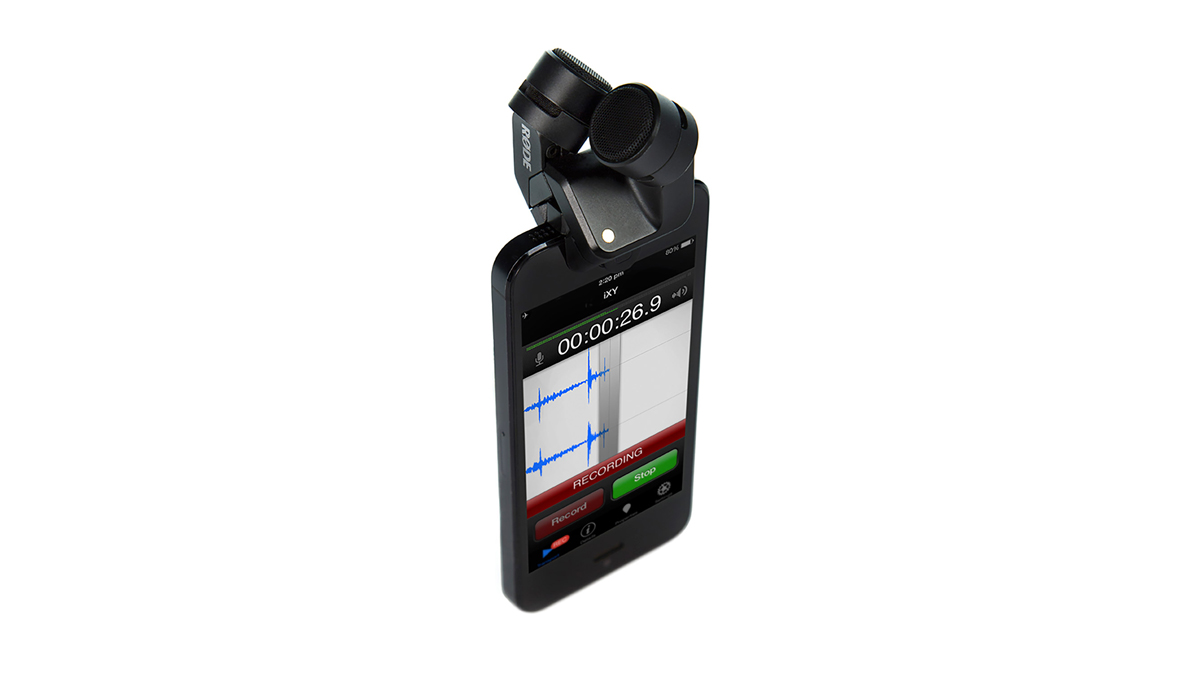How to produce cinematic beats worthy of a Hollywood epic
Enormous drum and percussion sounds are the order of the day as we turn our attention to producing blockbuster beats suitable for a Hollywood epic

Larger-than-life, ‘cinematic’ beats have become such a mainstay of soundtracks, TV idents and advertising that they’re almost part of the media wallpaper. Take a quick surf through Saturday night TV or any number of recent movie blockbusters and you’ll be bombarded with huge, epic percussion sounds.
Listen a little closer and you’ll hear that these sounds, although rooted in real instruments, can also sound ‘otherworldly’, which only adds to their mystery and overall epic feel. To get straight to the point of this tutorial, achieving these cinematic sounds is primarily a case of careful sound selection and appropriate effects processing.
Our first step, then, is to put together a set of core sounds that we know will deliver. We’ll cherry-pick from ‘world’ and orchestral percussion to get a good sonic spread. You should be able to find these sounds in most DAWs or the instruments we suggest.
We can also find plenty of percussive greatness in everyday sounds and objects. To that end, we’ll be looking at more unusual sources and ‘found’ sounds, too, in our quest to push the boundaries of percussion.
With our sound set sorted, we’ll guide you through some programming basics in order to help you get the patterns you’re used to hearing. We’ll then move on to look at processing the sounds in context using EQ, reverb, exciters and stereo enhancement.

Finally, it’s worth saying that if you’d rather just go for some high-quality ready-made sounds, there are some truly excellent sample libraries out there – Sample Logic Trailer Xpressions 2 and Heavyocity Damage 2 are two particularly good examples – that work well-recorded source material into mix-ready epic sounds. For raw core sounds that you can process yourself, it’s also worth checking out Project Sam’s True Strike series, Vir2 World Impact and Native Instruments’ West Africa Kontakt library, among many others.
We’re using Live, Logic and Cubase in our walkthroughs but the techniques apply to any DAW. Right, let’s make some noise!
Get the MusicRadar Newsletter
Want all the hottest music and gear news, reviews, deals, features and more, direct to your inbox? Sign up here.
Building a sound set
Without wanting to lead you down a pre-defined path, when you’re trying to create massive, cinematic beats, there’s a certain core sample set that you need. That’s not to say that you can’t introduce your own sounds or more unusual ones (indeed, we’ll look at both shortly), but certain sounds fit well with – and are expected to be heard in – cinematic scores and music influenced by them.
To reinforce the different roles these sounds play, we’ll divide this core set into ‘drums’ and ‘metals’. Drums includes everything from the humble drum kit rack tom, orchestral snare and timpani to oversized orchestral bass drums, African djembe, Middle Eastern darbuka, Indian tablas and Japanese taiko (typically, the large wadaiko drum).
Of course, the complete list is way longer than we can cover in its entirety, but the main thing to appreciate is that drum sounds vary from deep and thunderous (taiko and bass drum) to high-pitched and ringy (tabla and djembe), and some (tabla again) are capable of generating a broad range of sounds on their own. This versatility can be further enhanced by using different types of sticks or beaters.

When we talk about metals, the array of possible options can seem even more vast than that of drums. Once again, although there is general consistency in terms of instrument types, a Chinese cymbal and a Turkish (Western) cymbal, for example, sound very different. What’s more, playing style has a huge influence, too – think of the difference between a crash cymbal struck with the shank of a stick and a crescendo roll played with beaters on the same cymbal.
Similarly, damping and choking metals can influence their sound and range of usage.
In order to get started, hunt down good-quality raw sounds. These may be ‘non-epic’, but focus on tone and try to find variations of playing style in the same sample set. Your goal, ultimately, is to build an appropriate (but not unadventurous!) sound set for the music that you’ve been working on.
Selecting alternative sounds
While classical orchestral and ethnic sounds are great, to create something truly original you’ll probably want to throw the sound selection net a little wider. This could involve simply searching for other regular sounds and using them percussively, possibly by editing them to make them shorter or repitching them – but there’s no need to stop there. When it comes to capturing percussion sounds, the whole world is your oyster.
In movie production, sound effects are created in a controlled studio environment – a process that’s known as ‘Foley’. The equipment used for this usually bears little relationship to the sounds that it generates, and in fact, we’ve become so accustomed to the larger-than-life Foley sounds we hear in movies that the sounds of real life often seem somewhat dull and mundane in comparison.
For percussion samples, any object that you can hit or shake is fair game, although recording it may not be as easy a task as you’d expect. Close miking often sounds lifeless, while ambient miking can easily become too ambient, so be prepared for quite a bit of trial and error.

13 things to do with your 'found sounds' when you get them home
Try stamping flamenco-style on a wooden floor or board (hard shoe heels will be particularly effective), slamming doors or using unusual items as beaters. A telephone directory slammed down on a table (or the closed lid of a piano!) can produce a pretty usable thump, as can whacking the bottom of a plastic tub – a laundry bin, for example.
This ‘found sounds’ approach can be particularly fruitful in your kitchen, which will be full of appliances, metal hardware and hard surfaces that can be used to produce edgy sounds. With some judicious editing, layering and repitching, you can render these totally unrecognisable from their sources, turning them into unusual percussive tones.
Possibilities include appliance doors (microwave, fridge, washing machine), switches on kettles, toasters and so on, and – for industrial metals – the ever-effective scrape of a grill pan being moved in and out of the cooker.
Click here to download the tutorial files
Computer Music magazine is the world’s best selling publication dedicated solely to making great music with your Mac or PC computer. Each issue it brings its lucky readers the best in cutting-edge tutorials, need-to-know, expert software reviews and even all the tools you actually need to make great music today, courtesy of our legendary CM Plugin Suite.










